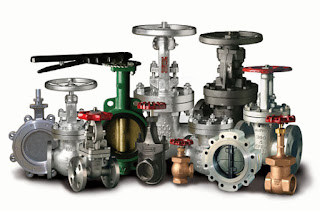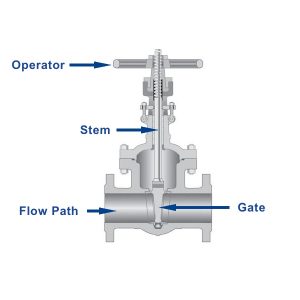- Contact Us
- Call Us
- Menu

Industrial valves are used for flow control in industrial processes at specific locations in a piping system. Valves start, stop, throttle, or divert the process fluid flow. Valve application characteristics are diverse, resulting in a broad array of possible valve choices. Valve styles and types have evolved based on their performance, safety, effectiveness, and longevity.
Valve type generally refers to the means employed to control fluid flow, specifically the body style and orifice design. These valve characteristics are used to determine whether a valve type may be suitable for your process application. The most common valve types include gate and globe valves (referred to as linear valves) and ball, plug, and butterfly valves (referred to as quarter-turn valves). All these types of valves have numerous variations and customizations occurring within each type.

Gate valves utilize a movable wedge, often round or rectangular, that is positioned as to restrict the process flow path. This wedge, referred to as the gate or disc, is connected to a valve stem which extends to the exterior of the valve body. Linear motion of the stem will position the gate within the valve body to provide some degree of obstruction to the process flow path. Fully inserting the gate into the media path will shut off the flow, while successively withdrawing the gate will increase the opening through which fluid can pass and allows for increasing flow rates. Seals are provided along the planar surfaces where the gate contacts the valve body.